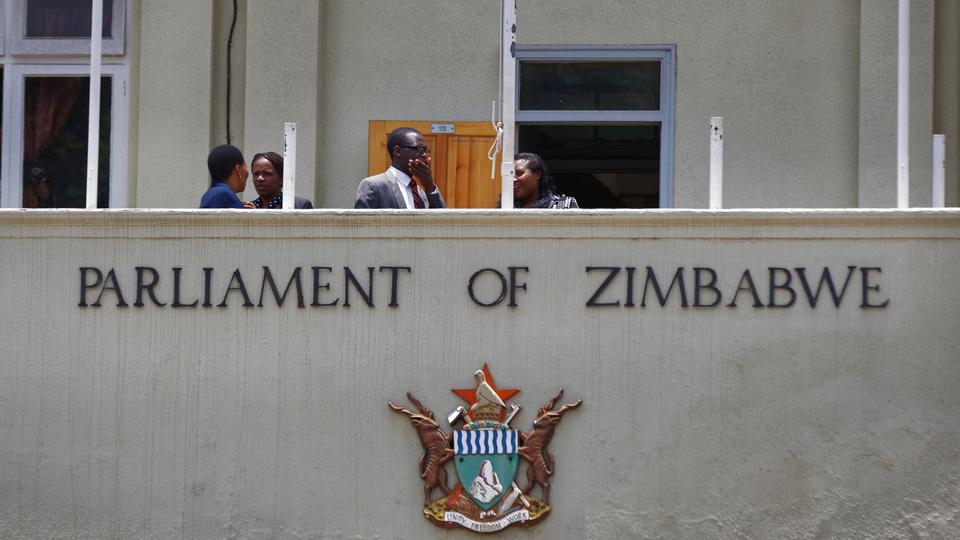
BY MISHMA CHAKANYUKA
ZIMBABWE’S banking sector remained generally stable and adequately capitalised during the year ended December 2018, but the quality of assets deteriorated as reflected by the increase in the average non-performing loans (NPLs) to total loans ratio, the central bank has revealed.
The country has 19 banking institutions, which include commercial banks, building societies and a savings bank.
Presenting the Monetary Policy Statement on Wednesday, Reserve Bank of Zimbabwe governor John Mangudya said the banking sector’s aggregate core capital had increased by 15,32% to $1,58 billion as at December 31, 2018.
“The banking sector remained adequately capitalised, with average tier one and capital adequacy ratios of 23,84% and 30,27%, respectively,” he said.
Profitability across the sector increased from $241,94 million in the prior year to $389,85 million for the year ended December 2018.
Total loans and advances increased by 11,05% from $3,8 billion as at December 31, 2017 to $4,22 billion.
Bank asset quality, however, deteriorated during the period under review, as the sector experienced an increase in the average NPLs to total loans ratio from 5% in the prior year to 8,39% in 2018.
- Chamisa under fire over US$120K donation
- Mavhunga puts DeMbare into Chibuku quarterfinals
- Pension funds bet on Cabora Bassa oilfields
- Councils defy govt fire tender directive
Keep Reading
“The increase in NPLs is largely a reflection of forward-looking credit risk management tools adopted by banks in line with the IFRS [International Financial Reporting Standards] 9 accounting standards, resulting in improvement of the banks’ risk controls and provisions coverage,” Mangudya said.
Total banking deposits increased to $10,32 billion from $8,48 billion in the comparative year.
But the loans to deposit ratio decreased from 44,81% to 40,1% over the year ended December 31, 2018, reflecting low lending levels.
Mangudya said the $10,3 billion deposits are constituted of $2,5 Treasury Bills, $2,5 billion in savings bonds, $3,8 billion loans and advances leaving at least $2 billion RTGS in circulation.
The number of corporate RTGS foreign currency account (FCA) depositors was 214 094 holding $8,67 billion, while individual RTGS FCA depositors was 3,24 million holding $894,54 million.
Of the 3,24 million individual depositors, 95,98% held deposit balances of less than $1 000 each, with an average balance of $80, accounting for a total $213,42 million.
As at December 31, 2018, total nostro FCA deposits amounted to $673,81 million, representing 6,53% of total deposits.
The nostro FCA deposits are dominated by corporate deposits, which amount to $654,77 million and represent 97,17% of total nostro FCA deposits.
Demand deposits largely funded the sector, accounting for 64,94% of total deposits as at December 31, 2018.











